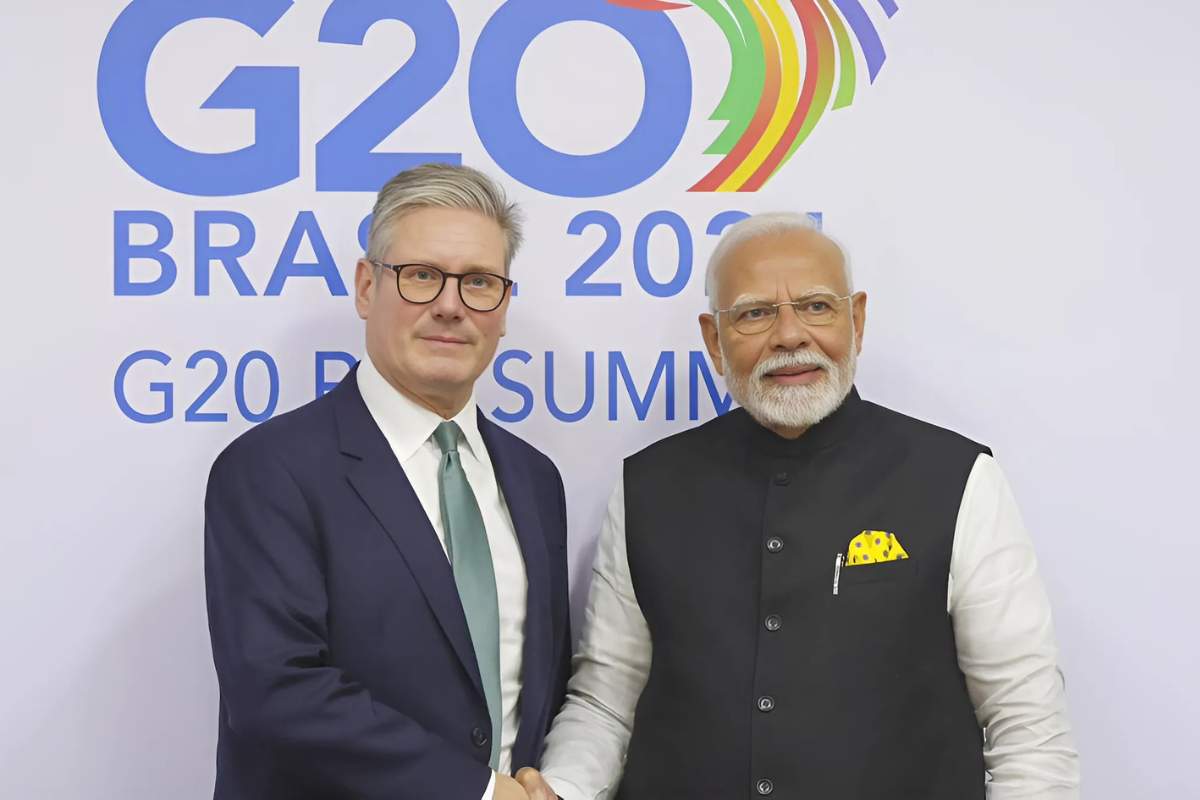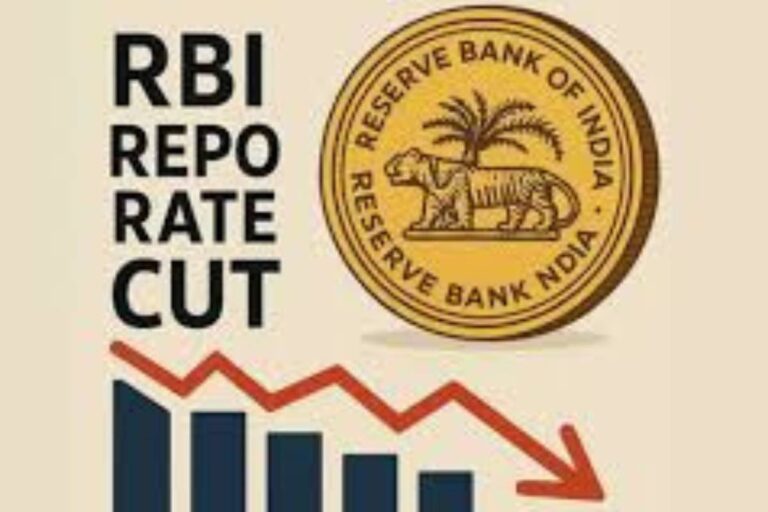Landmark Trade Agreement Between India and the UK
Following three years of stop-start talks, India and the United Kingdom agreed a major trade deal, described by both countries as a “landmark” in bilateral relations. The agreement is intended to make it easier for British businesses to sell products to India and reduce import tariffs on a range of Indian goods into the UK. This deal encompasses a wide range of products, from traditional UK brands such as Scotch whisky and cars to mass market Indian products like apparel and shoes, showing an extensive attempt at increasing trade between the two nations. The three years taken for the negotiations reflect the complex nature of harmonizing the trade interests of two large economies, each having its own set of unique priorities and regulatory environments. Using the word “landmark” by both governments in the immediate term to refer to the deal is a testament to the significant political significance they attach to this deal, most likely considering it as a turning point for their trade agendas.1
Key Features and Benefiting Sectors
One of the key aspects of the trade agreement centers on allowing easier access to the large Indian market for British businesses. Key sectors expected to benefit include the whisky industry, which will see tariffs halved to 75% initially, with plans for further reductions in the future. This substantial initial cut suggests the significance of whisky as a UK export and a potential area for considerable growth within the Indian market, possibly indicating it was a key point of negotiation. Other British industries that stand to benefit from the deal include the manufacturing of cars, aerospace, and electrical items, and some food products.
On the other hand, the deal will cut tariffs on several Indian exports to the UK, giving Indian companies a competitive edge. Of particular note, the textiles and footwear industries are likely to gain most from these reductions in tariffs, which could result in a greater market share for Indian producers in these segments in the UK. Some food products, including frozen prawns, and Indian jewellery and gems, will also experience lower import tariffs. Other than the exchange of physical products, the agreement also covers the services sector as well as government purchases.
This points towards a new and holistic strategy to develop economic cooperation beyond the simple exchange of products, possibly opening up significant possibilities for UK professional services and infrastructure firms interested in operating in India. Notably, the trade agreement has no provisions regarding changes to current immigration policies between the UK and India, including those related to Indian students pursuing studies in the UK. This exclusion implies that immigration was a sensitive issue during the negotiations, and both sides preferred to deal with trade aspects first. From a UK government point of view, Business Secretary Jonathan Reynolds said that the agreement will have “massive” benefits to both UK businesses and consumers. The two countries’ current trade volume is £41 billion, in one report, and £42.6 billion, in another.
Economic Projections and Mutual Optimism
The British government estimates that the deal will be worth an additional £25.5 billion to trade each year by 2040, expressing their lofty long-term expectations from the economic side. UK customers are expected to benefit from reduced prices on commodities imported from India, including fashion items and foodstuffs, as a result of the lowering of tariffs. The government also highlights the possibility of general economic growth and new employment in the UK because of enhanced export possibilities to India. Reflecting the same optimism, Indian Prime Minister Narendra Modi characterized the agreement as a milestone moment that is “ambitious and mutually beneficial”. He believes the agreement will catalyze trade, investment, growth, employment, and innovation in both economies.
The consistent positive message from both governments on the enormous and mutual advantage of the agreement demonstrates a clear political will to make it a success and an aligned vision of the future of their economic partnership. Specialist opinion on the trade agreement also identifies its potential impact. Allie Renison, the former government trade advisor, described it as “arguably the most economically transformational free-trade deal in the UK’s post-Brexit era”. She credits India’s huge and fast-expanding market, plus the traditionally high barriers that British businesses have confronted in reaching out to it.
Expert and Political Reactions
Renison also noted the UK government’s firm commitment to seal the deal, reflecting an evident political priority to meet post-Brexit trade aspirations. This expert opinion highlights the strategic significance of the agreement for the UK as it attempts to reconfigure its international trade relations beyond the European Union. The political responses in the UK to the news of the trade deal have been generally positive. Opposition leader Sir Keir Starmer reflected the government’s optimism, calling it a “landmark deal” that could drive economic growth and bring gains for both businesses and the British people. Conservative Party’s Shadow Trade Secretary Andrew Griffith recognized the positive part of lowering the costs and burdens of trade on business, crediting this accomplishment to Britain’s exit from the European Union. He also urged the application of the same principles to develop the domestic economy.
Parliamentary Scrutiny, Consumer Benefits, and Implementation Timeline
More in their stead was a cautionary welcome offered by the Liberal Democrats, welcoming the deal as “a good step forward”, while making the point for comprehensive parliamentary debate and voting upon the deal, ensuring democratic control of such fundamental international treaties. This parliamentary scrutiny call demonstrates an emphasis on transparency and the need for a thorough analysis of the deal’s probable ramifications. UK consumers stand to gain from the trade deal directly in the form of lower tariffs on imports from India. This could mean less at retail for high-street items like clothes, footwear, and some Indian food items, potentially enhancing home affordability.
It is noteworthy that this trade agreement does not comprise any alterations in immigration policies between India and the UK. This implies a conscious choice to leave trade issues at this stage, with the potential of dealing with immigration in later stages or separate agreements. Implementation of the trade deal is projected to take as long as one year. This period reflects that although a political deal has been settled, there are still requisite legal and administrative steps to be fulfilled in both nations before the agreement fully comes into action.
Conclusion: A Significant Step in UK-India Relations
In summary, the UK-India trade deal is a major milestone toward enhancing the economic relationship between the two countries. The British government has dubbed it the “biggest and most economically significant” bilateral trade deal the UK has struck since it exited the European Union in 2020. With hopes of benefits for companies with improved market access and for shoppers with potentially reduced prices, this deal is set to redefine the landscape of trade between the UK and India, opening a new chapter in their economic relationship.
References























Thisis really a good step forward